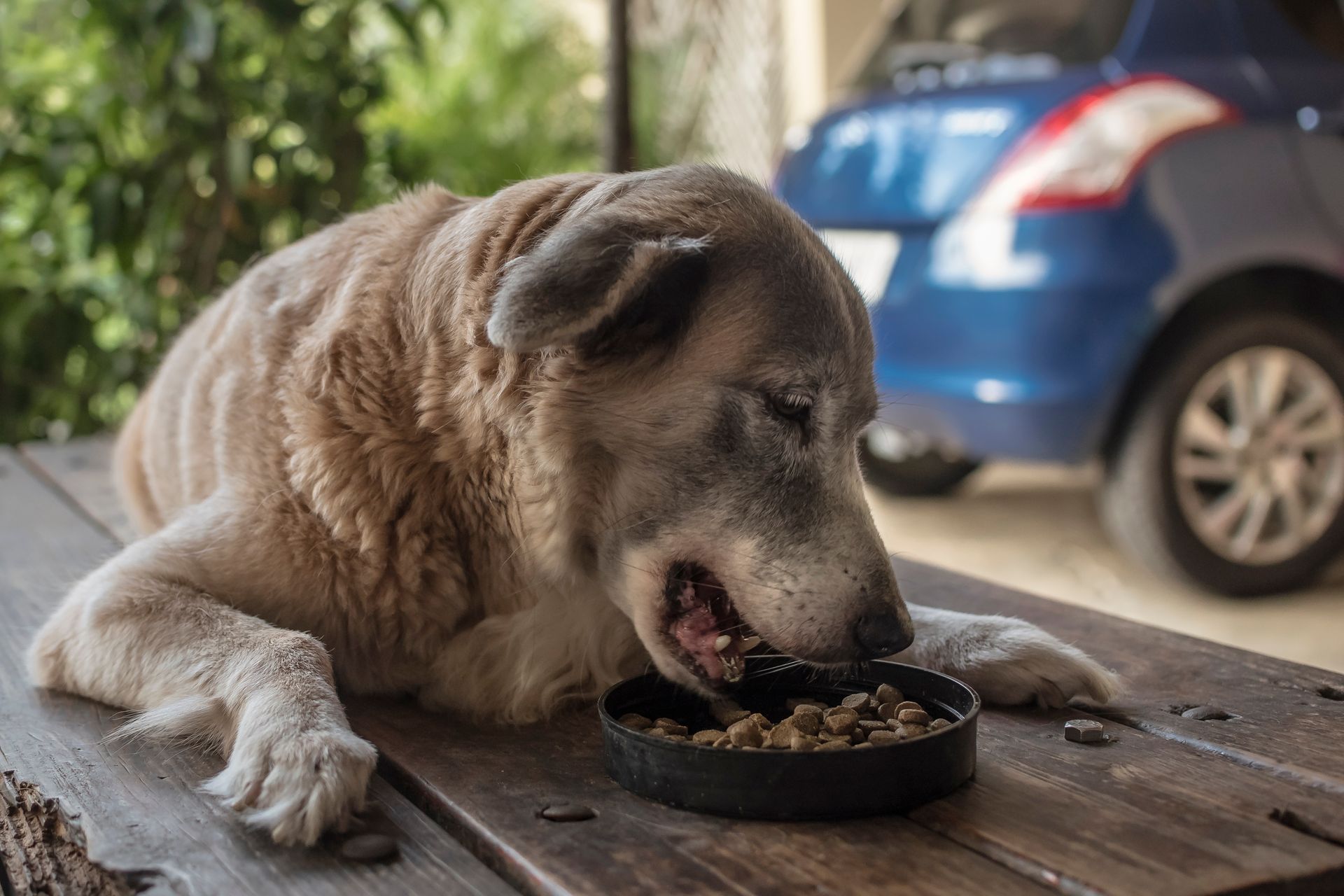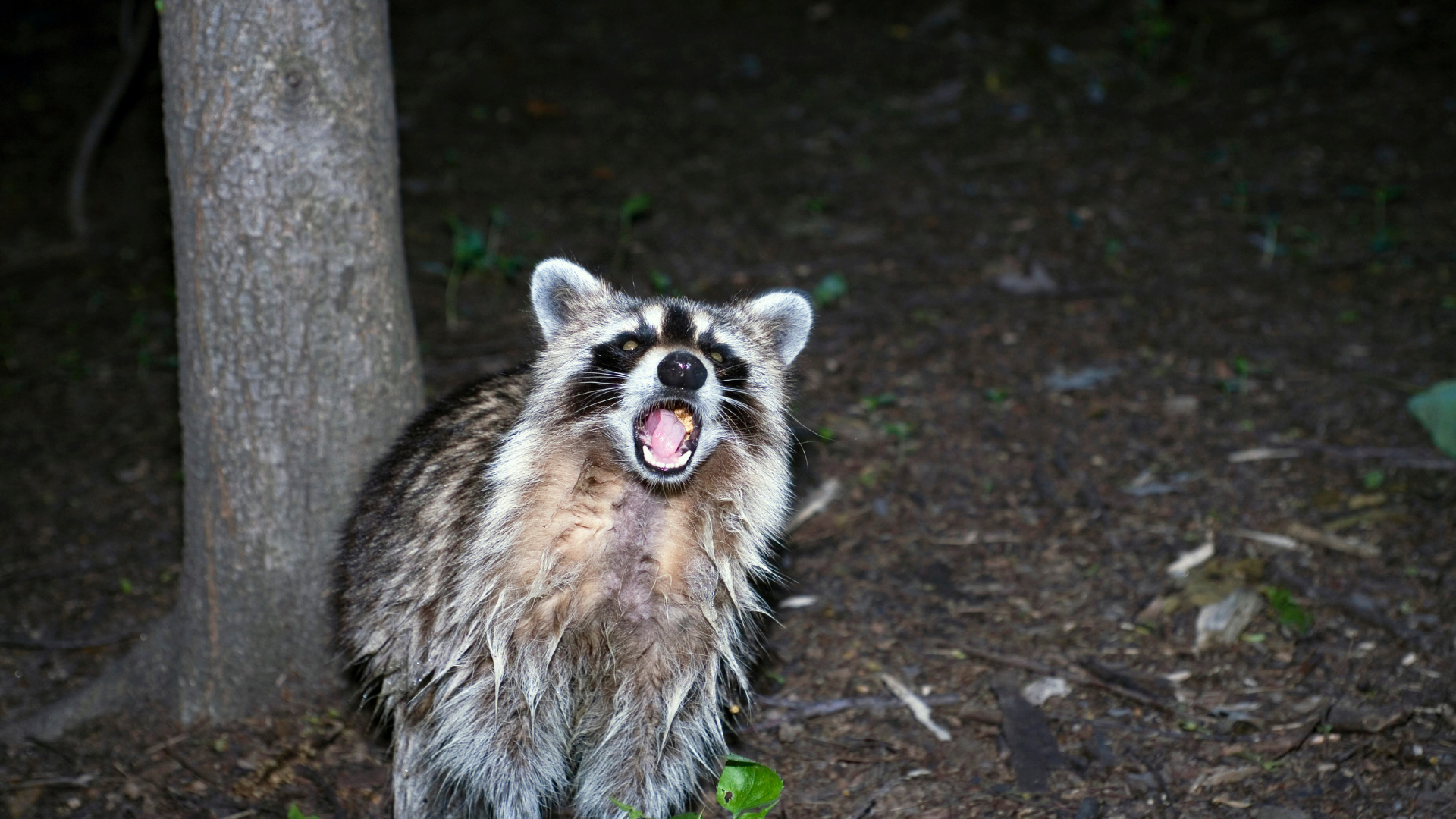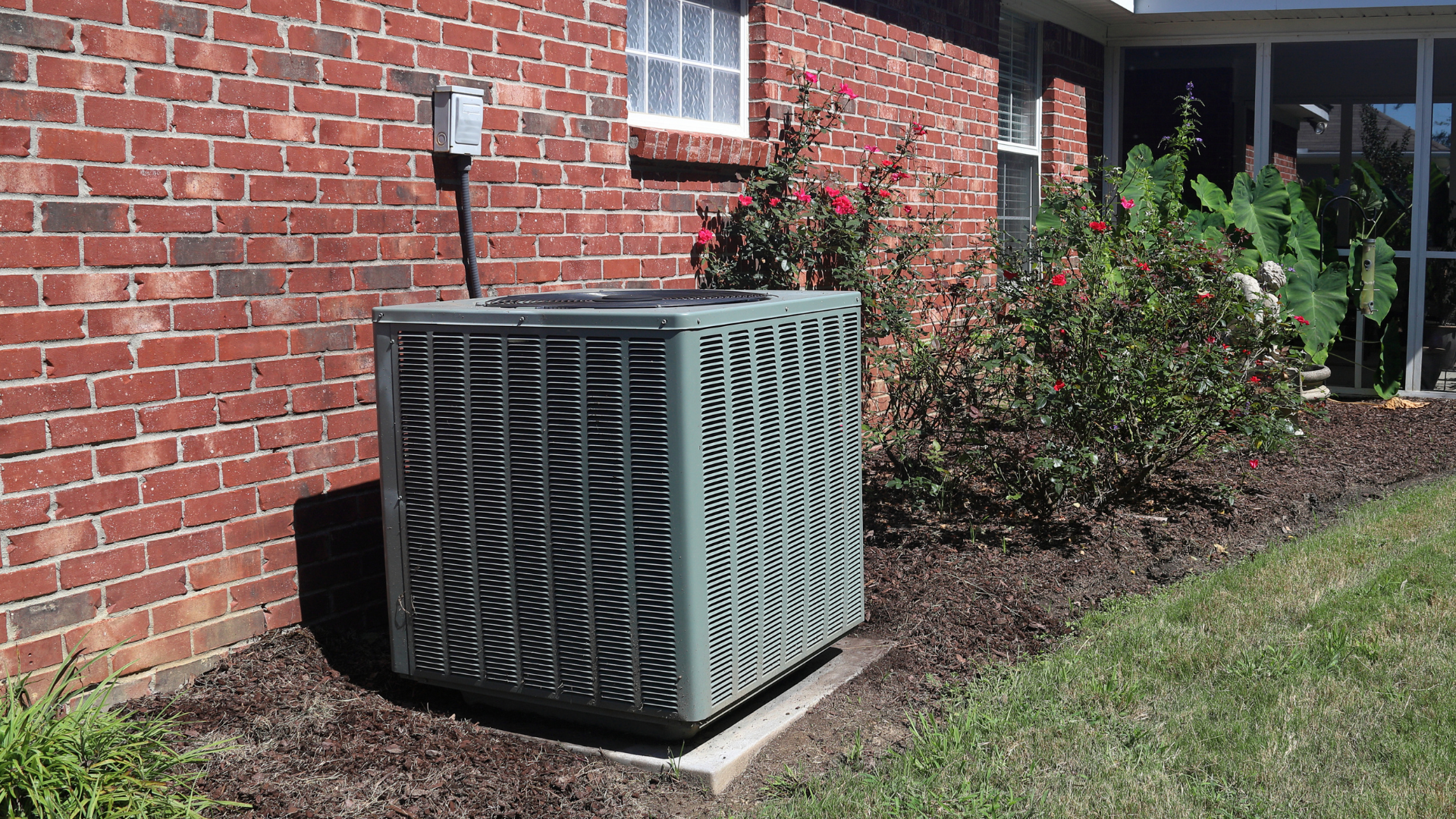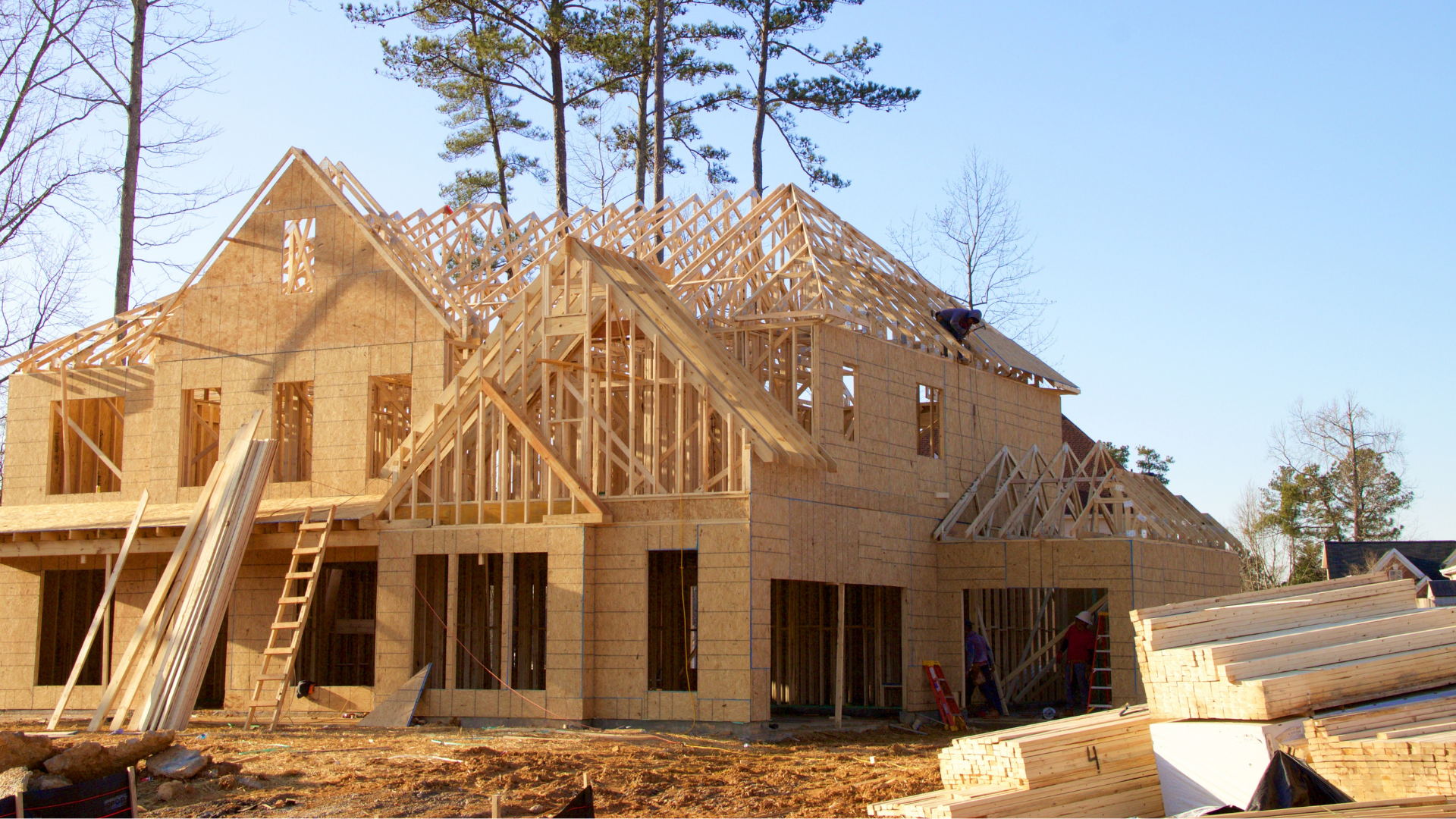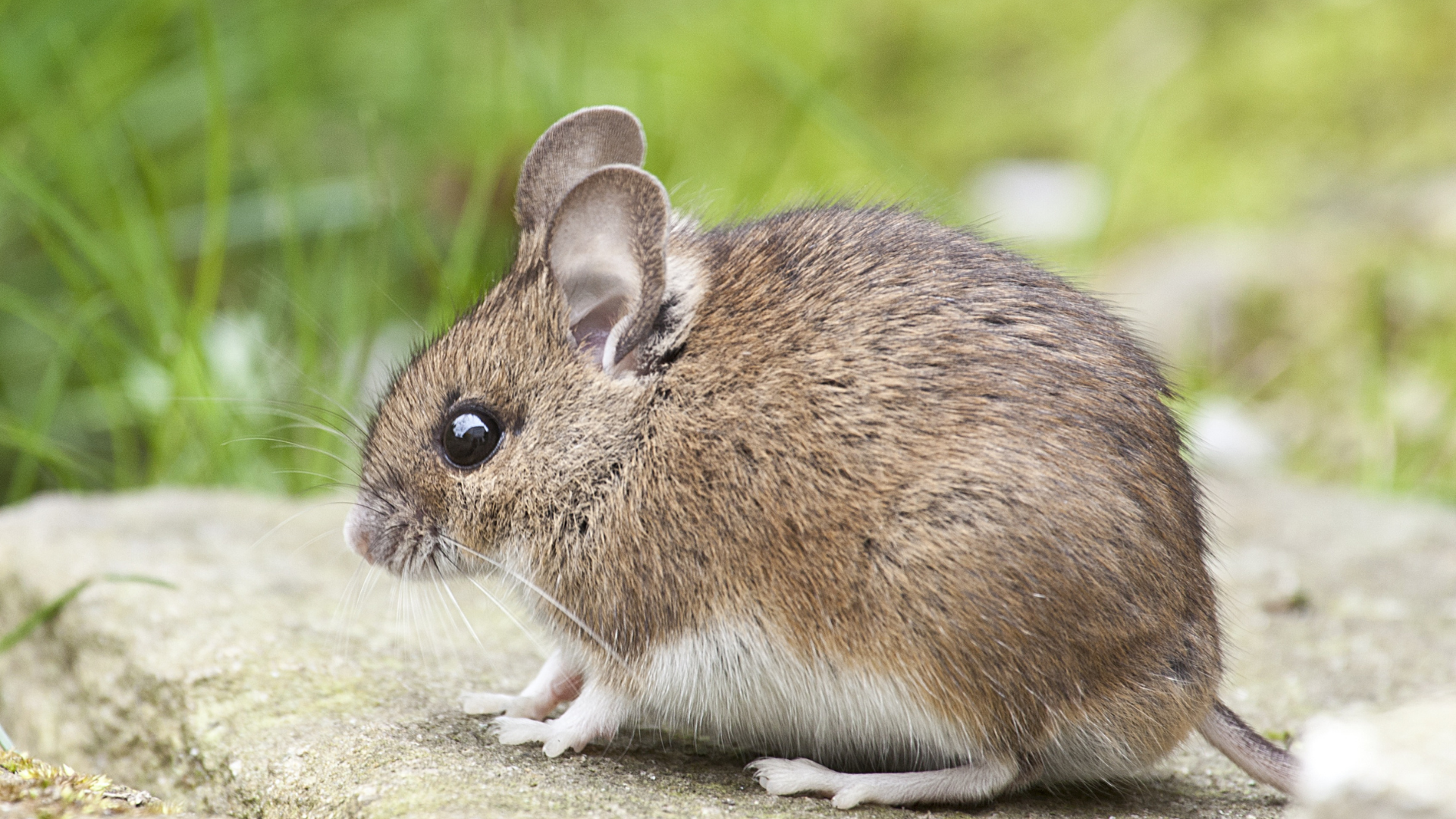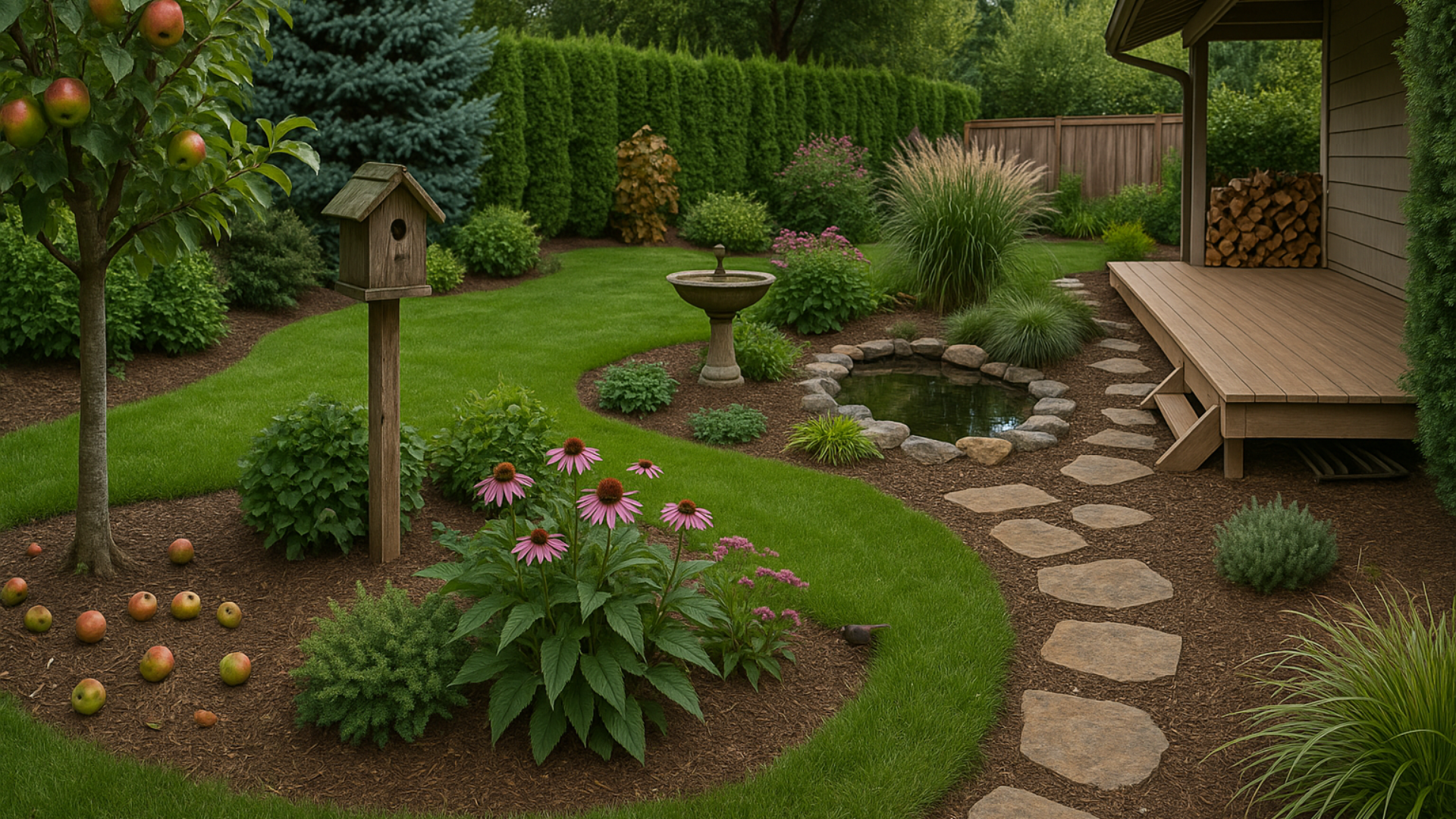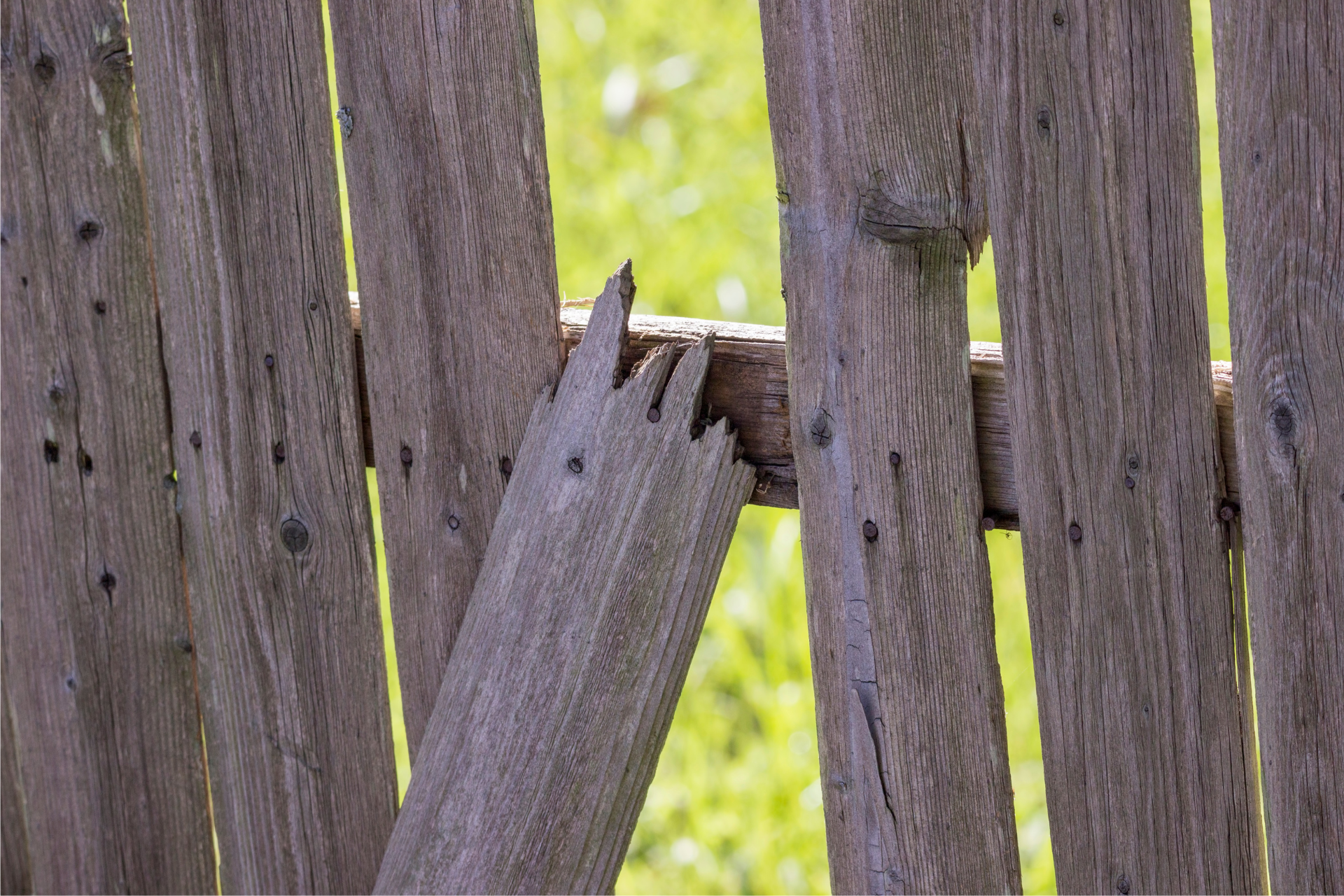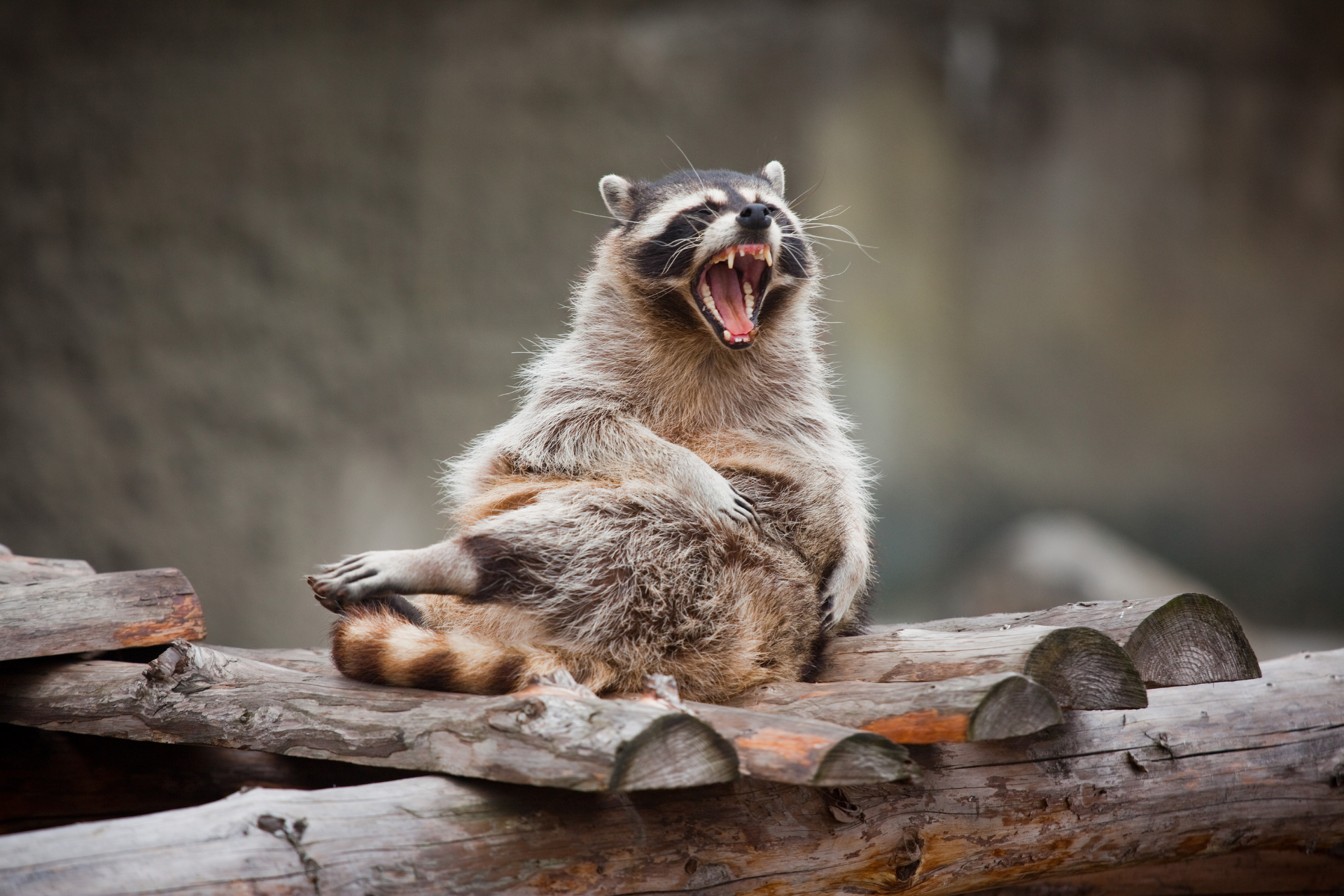What Makes A Structure Vulnerable To Wildlife
Structural Weaknesses That Attract Animal Intrusions
When animals invade a home or commercial structure, it rarely feels like a surprise to professionals who understand how buildings interact with the natural world. To the average person, though, the intrusion may feel sudden or random. But wildlife problems are almost never random. There are almost always identifiable issues with the building's design, condition, or upkeep that make it an attractive target for raccoons, squirrels, bats, rodents, birds, or other opportunistic animals. If you've ever wondered how and why some structures seem to practically invite wildlife inside, it's usually tied to a few key vulnerabilities that develop over time—or were baked into the property from day one.
Design Flaws That Invite Trouble
Every structure begins with a blueprint, and that blueprint plays a major role in determining how easily wildlife can gain entry. Architects don’t typically design buildings with animals in mind, unless it's to keep pets comfortable. But wild animals don’t follow design logic—they exploit whatever weaknesses they can find.
For example, multi-tiered roofs, intersecting gables, or chimneys without caps often create crevices and ledges that become natural landing spots or entry points for wildlife. Even modern ventilation systems or attic vents, if not properly shielded, can function like open invitations. Any gap—no matter how small—can become a doorway. Rodents only need an opening the width of a pencil to get inside. Bats can fit through a crack no thicker than a thumbnail. Once inside, they’re not likely to leave on their own.
Some structures are also placed right up against wooded areas, water sources, or overgrown landscaping. While these features might make for a pretty setting, they can also shorten the commute for animals seeking food, warmth, or nesting spots. The placement of the building, along with how it's integrated with the surrounding environment, can unknowingly encourage wildlife to explore and eventually settle in.
Outdated Materials That Don’t Hold Up
Time has a way of showing which building materials were built to last and which weren’t. Structures built decades ago often include materials that were common at the time but don’t stand up to modern wildlife pressure. Wood, especially untreated or weather-worn lumber, is a favorite target for animals looking to chew, burrow, or pry their way in. Squirrels and raccoons are notoriously persistent and can shred old soffits, fascia boards, and roof decking that have weakened over the years.
Even metal flashing, if thin or poorly installed, can bend or tear under pressure. Old brickwork or stone facades sometimes hide mortar deterioration or gaps that bats and birds can easily exploit. Vinyl siding, often chosen for its low maintenance appeal, may warp or pull away from the structure with time, creating slender gaps where mice or insects can squeeze in. Window seals, roof joints, and door thresholds all degrade naturally and become targets if not upgraded or resealed regularly.
Beyond the materials themselves, some older homes and buildings were simply never constructed with modern pest deterrence in mind. Features like sealed crawl spaces, reinforced soffit panels, or animal-proof vent covers were far less common in previous generations. Without these upgrades, an older structure becomes increasingly defenseless as time wears on.
The Role Of Poor Maintenance
A structure doesn’t have to be old or poorly designed to attract unwanted guests. Sometimes the biggest vulnerabilities come from overlooked maintenance. Gutters packed with leaves, broken screens, cracked foundation vents, missing chimney caps, or sagging roof shingles can all become open doors. And the longer those issues sit unaddressed, the more enticing they become to animals looking for shelter.
Over time, even the smallest problem can become a big one. A minor roof leak can soften wood over the span of a few seasons, eventually making it easier for a raccoon to rip open the softened area. An attic vent with a loose screen may go unnoticed during routine cleaning but could become a high-traffic entry point for birds or bats within weeks.
Maintenance isn't just about repairs—it’s about vigilance. Wildlife problems often develop silently. Animals are incredibly skilled at hiding their activities until the damage is already done. By the time scratching in the walls or droppings in the attic are noticed, the issue is often much larger than expected. Regular inspections and preventative upkeep can make all the difference, not only in stopping active intrusions but also in keeping future ones at bay.
Conditions That Attract Wildlife Without Warning
Wildlife intrusion isn't always about gaps and cracks. Sometimes it's about what surrounds the building. Bird feeders, pet food left outside, compost bins, or unsecured garbage can all create powerful scent trails that draw animals close. Once nearby, it doesn’t take long for them to start exploring.
Tall grass, untrimmed hedges, or stacked firewood up against the structure can give animals perfect hiding spots as they look for a way in. Moisture buildup from poor drainage or a leaking hose can also provide water sources, which—especially during dry seasons—might draw animals to the property for survival.
Even seasonal factors play a role. As temperatures drop in the fall and early winter, animals begin searching for warm places to spend the colder months. A building that hasn’t been checked or sealed since spring might offer more opportunities than you’d expect. The same goes for the spring nesting season, when birds and rodents seek secure spots to raise their young. A quiet attic, free from human activity, can seem like the perfect spot.
Structures that remain empty for part of the year, like vacation homes or remote cabins, are especially prone to this kind of vulnerability. Without human presence or routine activity, animals can move in and remain undisturbed for months.
Structures become vulnerable to wildlife through a combination of design quirks, aging materials, and lapses in upkeep. While it may seem like animals show up out of nowhere, they’re usually following a clear path made possible by these compounding issues. By addressing design flaws, upgrading older materials, and staying on top of regular maintenance, the chances of an infestation can be dramatically reduced.
At Patriot Wildlife, we understand how frustrating and costly these intrusions can be. That's why we take a thorough, customized approach to each property, looking at the big picture to identify every potential vulnerability. Whether you're dealing with current wildlife issues or want to prevent future problems before they start, we’re here to help.
Contact us today to schedule an inspection and take the first step toward reclaiming your peace of mind.

